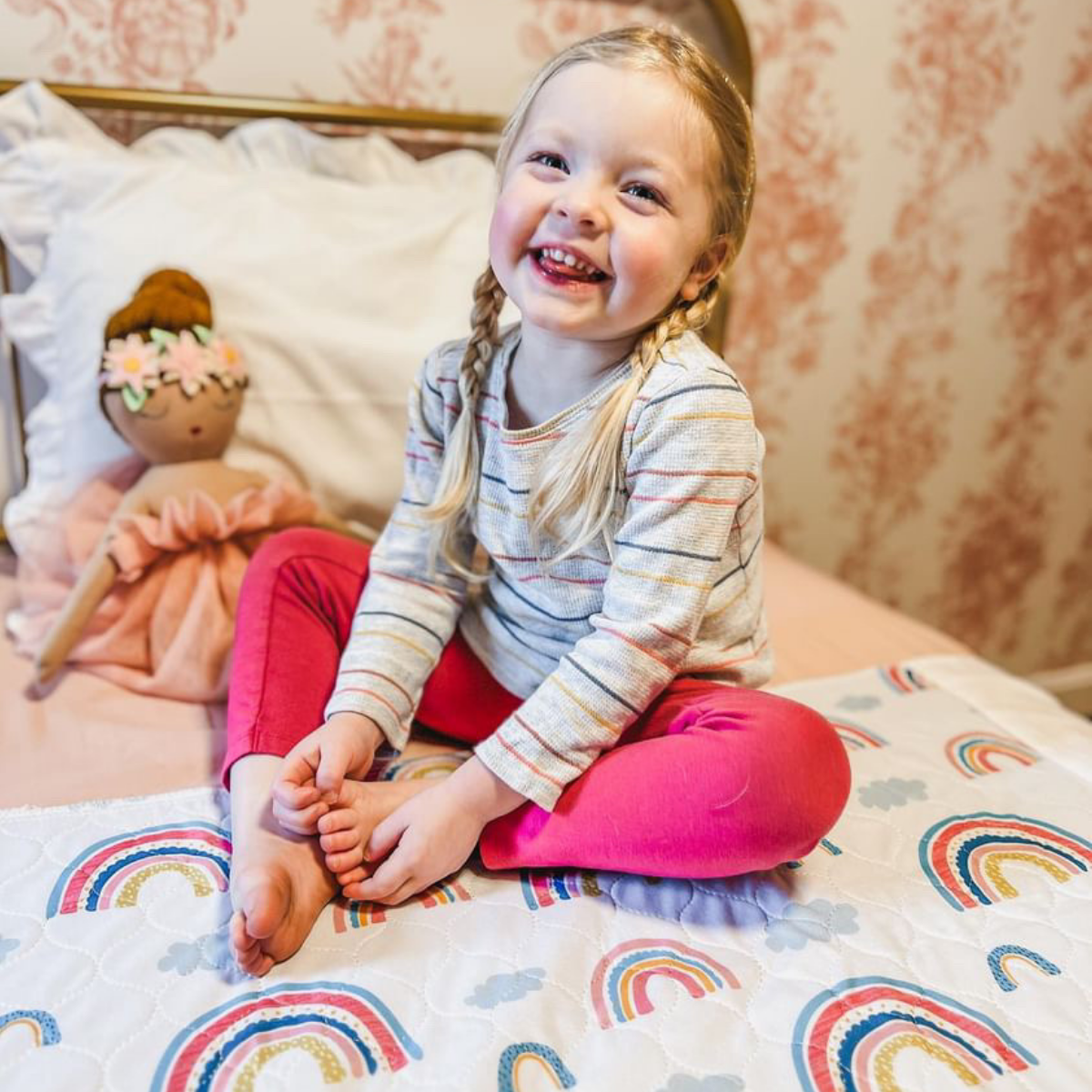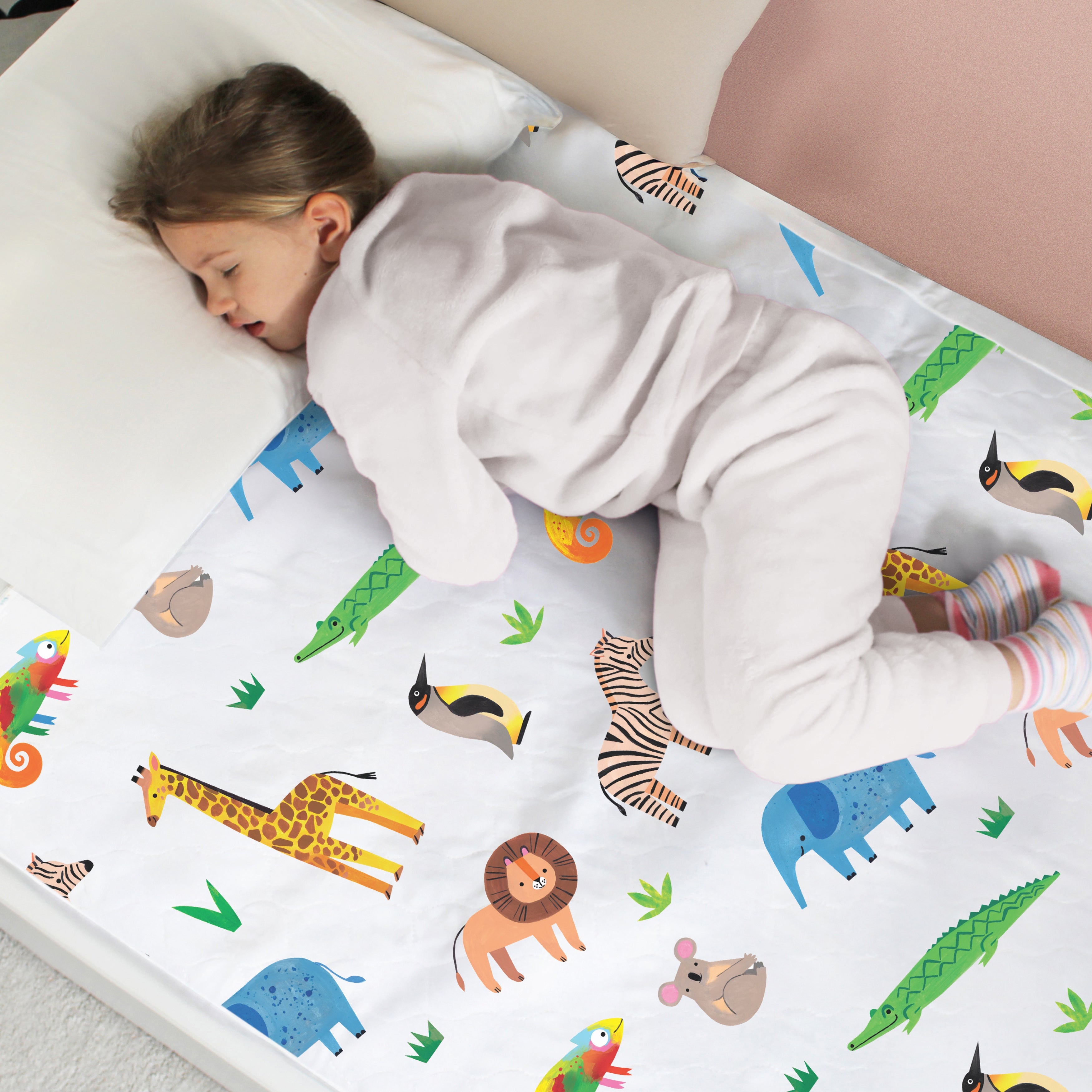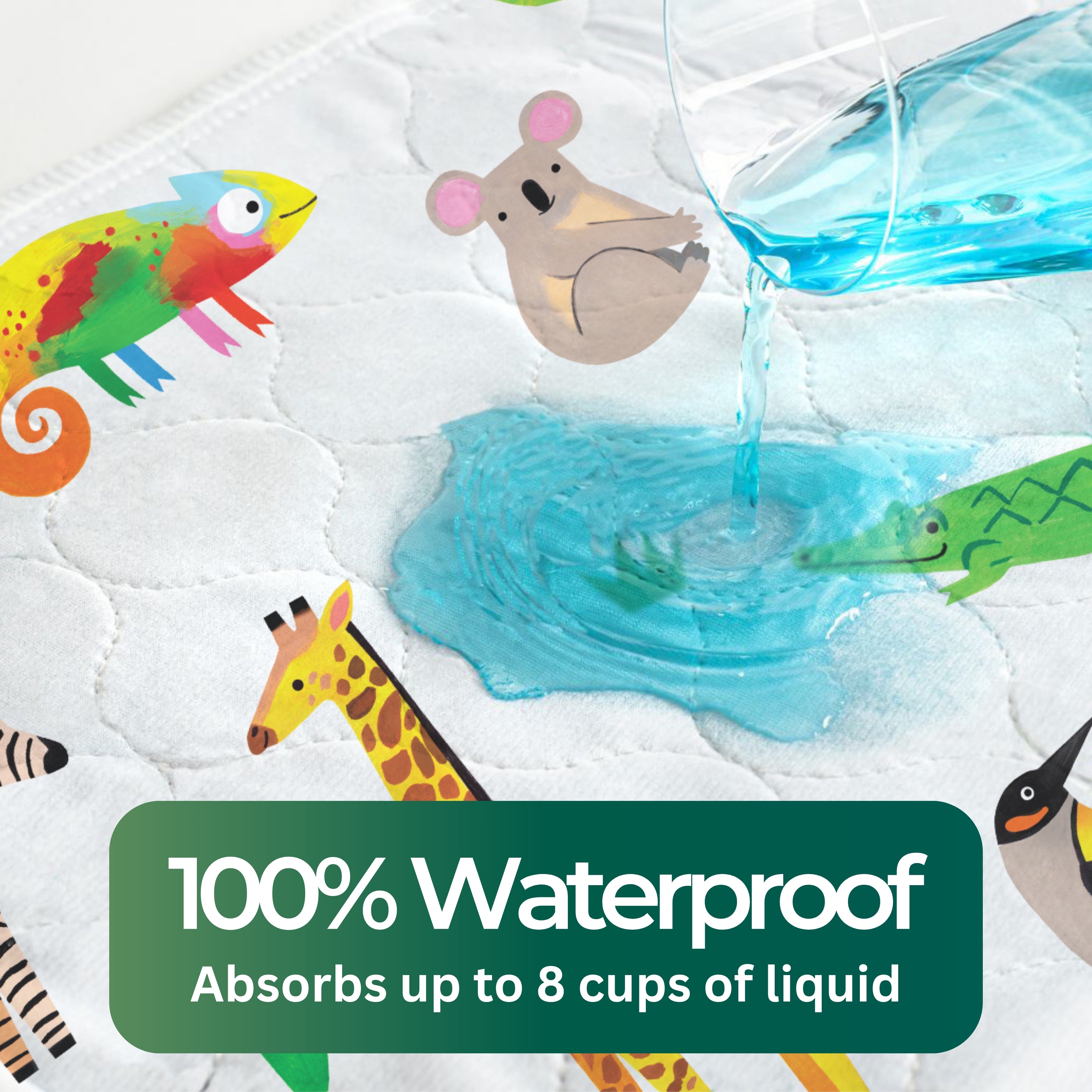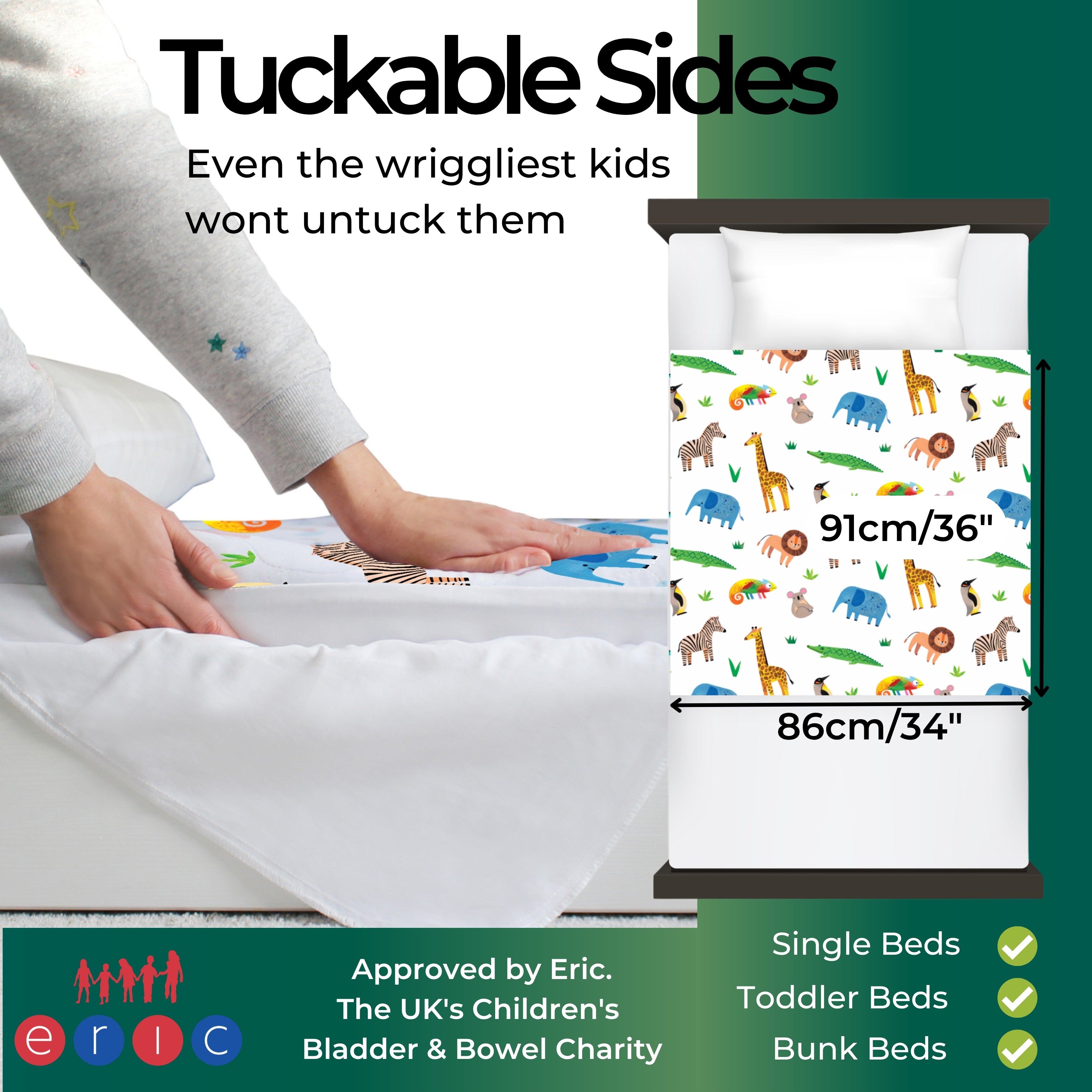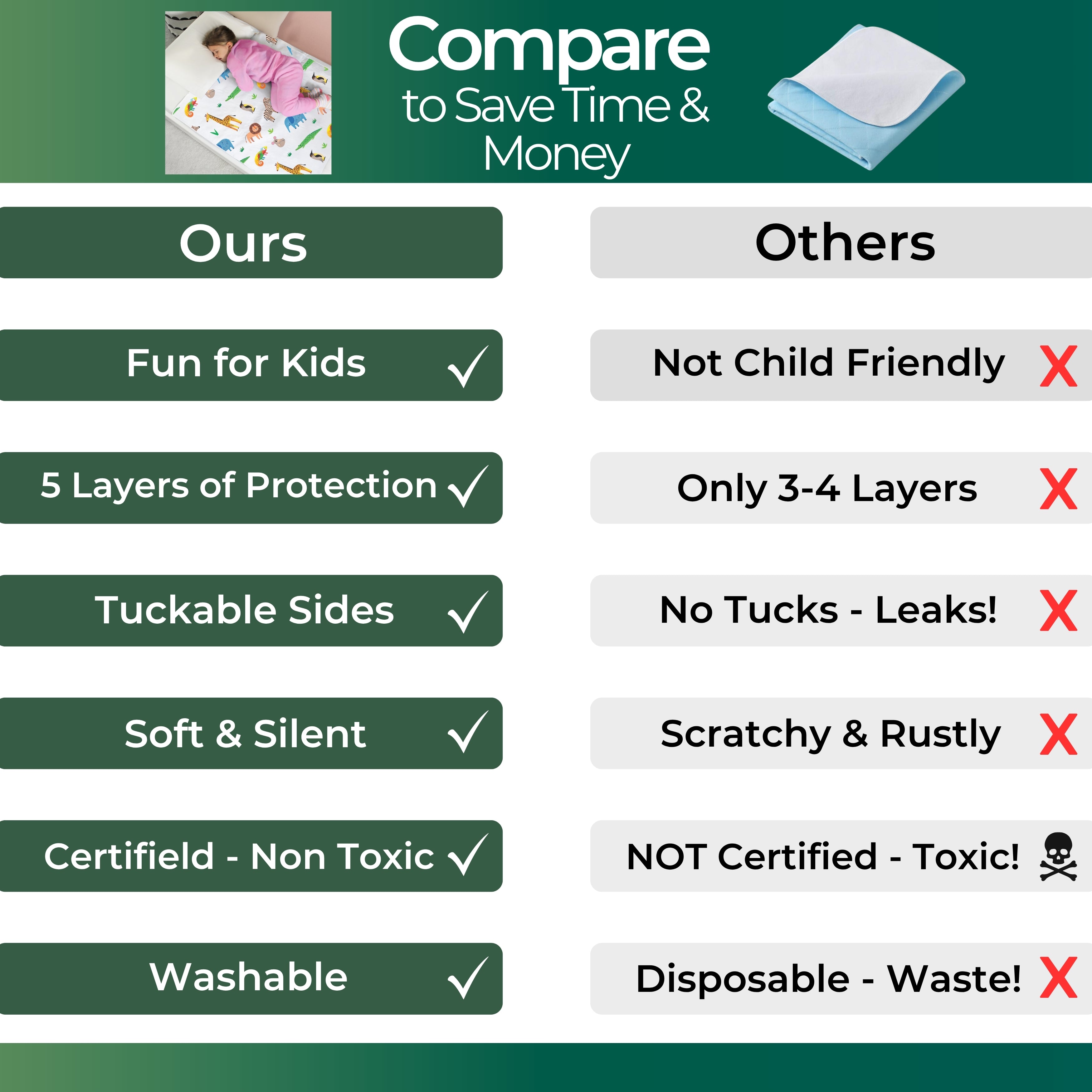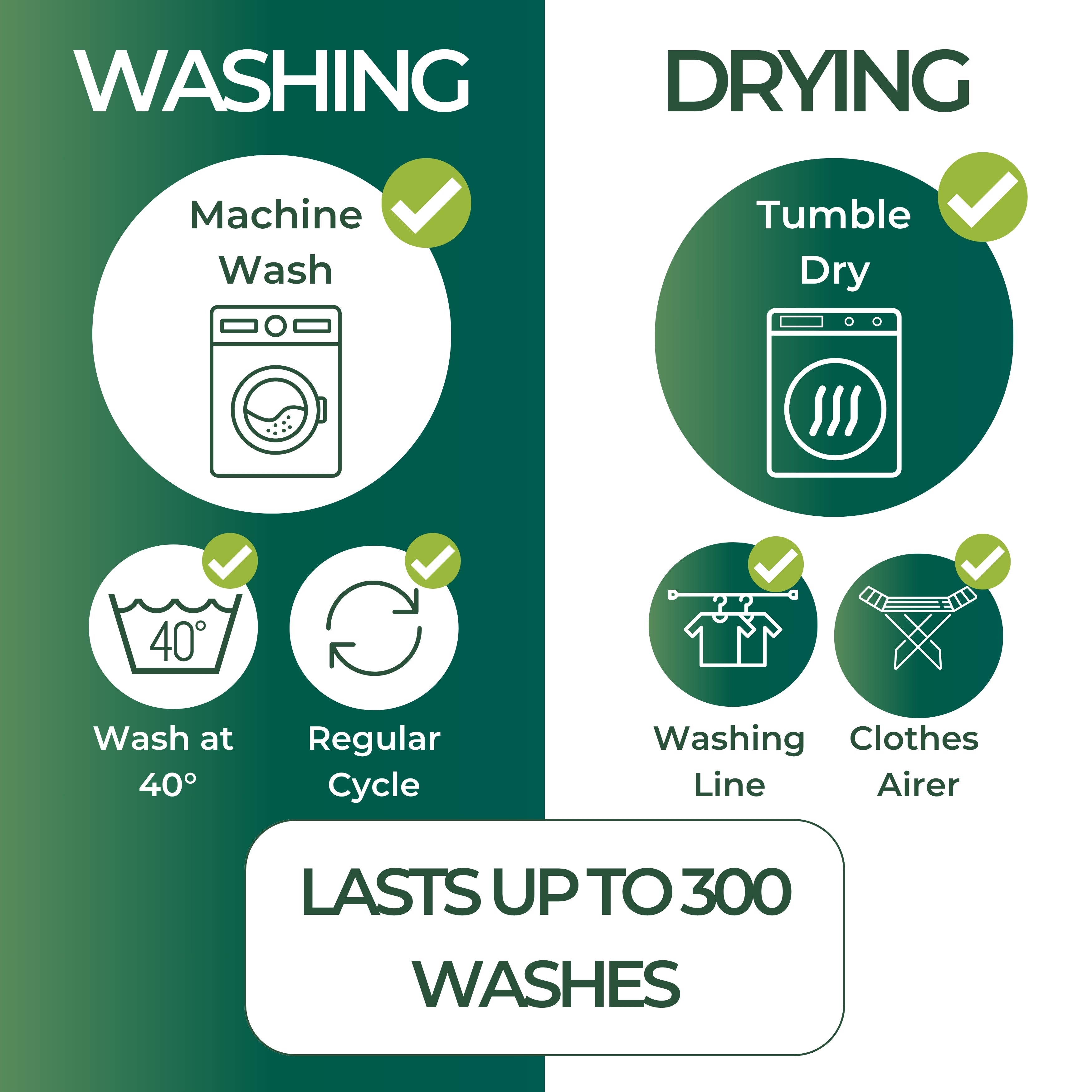Toilet training is a major milestone in a child's development, but for some children, mastering this skill isn't as straightforward as it seems. While parents often focus on physical readiness, such as bladder control and muscle strength, there's another crucial element at play—interoception.
Interoception, sometimes called the "eighth sense," plays a significant role in a child's ability to recognise and respond to bodily signals, including the need to use the toilet. Understanding interoception and its connection to potty training can help caregivers support children through this learning process more effectively.
What is Interoception?
Interoception is the body's ability to sense internal signals, such as hunger, thirst, temperature, and the need to go to the bathroom. Essentially, it's how we recognise what’s happening inside our bodies and respond accordingly.
For children who struggle with interoceptive awareness, identifying the need to use the toilet can be difficult. They may not notice early signals of a full bladder, leading to accidents, or they might struggle with recognising discomfort until it's too late. This can result in delayed toilet training and even persistent bedwetting.
How Interoception Affects Potty Training
Kelly Mahler, a leading expert on interoception, has explored how this sense affects toileting. She explains:
“From these studies, we have learned that for some learners, as they’re developing their interoceptive awareness, they might be dry during the day, but they still experience nighttime bedwetting—that is very common. But, as the child practises tuning into their internal signals, they gain more interoceptive awareness skills, so that many times those nighttime accidents eventually disappear. I don’t mean to oversimplify toileting, because we know that there are so many underlying factors that go into successful toileting. However, our studies have highlighted the importance of incorporating interoception practices into the toilet training process.” Source
This highlights the importance of helping children develop better awareness of their body’s internal cues as part of the toilet training process.
A Parent’s Perspective
As a mum myself, having potty trained my children in the daytime a number of years ago, I wasn't aware of interoception but think it would have been helpful, and I would potty train differently. It's only now as my children are older and I know about the eighth sense that I am having conversations with my children about the feelings of bladder fullness (and other feelings connected to their body) and getting them to describe feelings like hunger or thirst.
I’ve noticed that when my daughter needs a wee, her behaviour changes—often she doesn’t initially realise she needs to go, which sometimes manifests as anger. After reading a few things about this as she’s still not completely dry at night, I've tried a couple of things. I've now taught her to better recognise the feeling of a full bladder by asking her to describe how it feels when she needs a wee. Her response, as she points to her tummy: “it feels like it’s beating,” and other times she’s described it as “full,” or simply says, “Mummy, it just feels like I need a wee.”
We have also practised some visualisation techniques. When she needs a wee, we go to her bedroom, she pretends to sleep, and I ask her to describe how it feels before getting up to go. This helps her focus on the sensation of a full bladder and helps to visualise whilst tapping into her eighth sense of what may happen at night.
Signs of Interoception Challenges in Potty Training
Some children struggle with interoceptive awareness, which can show up in different ways during potty training, such as:
-
Not realising they need to use the toilet until it's too late
-
Frequently having accidents despite understanding the potty training process
-
Experiencing nighttime bedwetting long after daytime training is successful
-
Having difficulty recognising other bodily signals, such as hunger or thirst
If a child has trouble with these aspects, incorporating interoception-building strategies into potty training can help.
Supporting Interoception Development During Toilet Training
Helping a child tune into their internal body signals can improve their ability to recognise when they need to use the bathroom. Here are some strategies that may help:
1. Body Awareness Activities
Simple activities can help children become more aware of their body's signals. Playing games that involve identifying feelings, using a mirror to notice facial expressions, or practising gentle stretches can help children recognise when they need to use the toilet.
2. Consistent Toileting Schedule
For children who struggle to notice when they need to go, having a structured bathroom schedule can be helpful. Encouraging them to use the toilet at set times can create a routine, making it easier for them to recognise when their body is sending signals.
3. Descriptive Language
Using words to describe body sensations can help children connect their feelings to actions. Saying things like, “Do you feel a little pressure in your tummy? That might mean you need to go potty,” can help them learn to recognise their body’s signals.
4. Visual and Sensory Cues
Some children respond well to visual or sensory reminders. Picture charts showing the steps of using the toilet or a gentle vibrating reminder watch can help reinforce the habit of checking in with their body.
5. Nighttime Training Support
Bedwetting is often linked to underdeveloped interoception. Using tools like a bedwetting alarm can help train a child's brain to wake up when their bladder is full. Bed wetting sheets can also be a lifesaver for parents managing nighttime accidents, making cleanup much easier and keeping beds dry and comfortable.
The Connection Between Interoception and Bedwetting
As Kelly Mahler noted, it’s common for children to be dry during the day but still experience bedwetting at night. This happens because their brain may not yet be recognising the body's nighttime signals effectively. The good news is that as a child’s interoceptive awareness improves, nighttime dryness often follows.
Parents can support this process by reinforcing body awareness strategies, keeping a nighttime potty routine, and using tools like a bedwetting alarm to help the child wake up when they need to go.
Final Thoughts
Toilet training is about more than just teaching children to use the potty—it’s also about helping them tune into their bodies. Interoception plays a key role in a child’s ability to recognise and respond to their need to use the toilet, and for some children, developing this skill takes time.
By incorporating interoception-based strategies into the potty training process, parents can help their children become more aware of their body’s signals, leading to fewer accidents and greater long-term success. And for those dealing with nighttime challenges, patience, practice, and the right tools can make all the difference.
For more insights on interoception and toileting, check out this resource.

